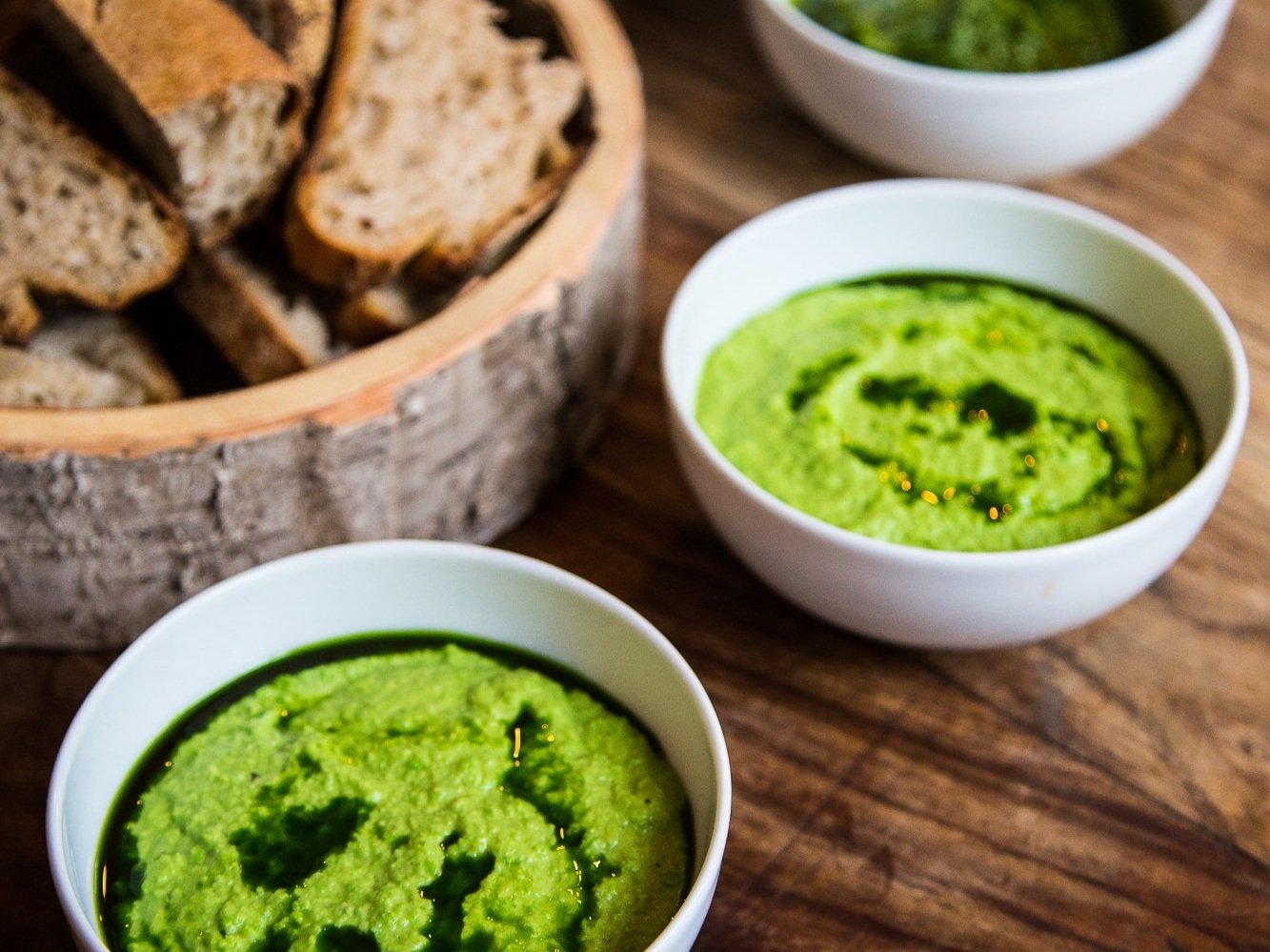The History of Pesto: From Ancient Origins to Modern Variations
Introduction
Welcome to our culinary journey through the fascinating history of pesto! This versatile sauce has become a beloved staple in many kitchens around the world. In this blog post, we’ll explore the origins of the word "pesto" and delve into the rich traditions behind this delectable creation. Prepare to be transported to the sun-kissed hills of Italy as we uncover the secrets of pesto. At the end we’ll sum up the principle of pesto to allow you to start creating your own and also share one of our favourite untraditional pesto recipes that’s made with parsley and toasted hazelnuts.
The Origin of the Word "Pesto"
The word "pesto" originates from the Italian verb "pestare," which means "to pound" or "to crush." This name perfectly encapsulates the preparation method of this sauce, as it involves grinding or mashing the ingredients together. Traditionally, pesto was made using a mortar and pestle, which allowed for the flavours to meld together harmoniously. Today, many modern adaptations use blenders or food processors for convenience, but the essence remains the same - the act of pounding and crushing to create a vibrant and flavoursome sauce.
Pesto: A Principle of Endless Variations
Pesto is more than just a recipe; it is a principle that can be varied in countless ways. While the classic Genovese pesto is made with basil, pine nuts, garlic, Parmesan cheese, olive oil, and salt, the possibilities for experimentation are endless. Soft herbs like coriander, parsley, or mint can be used as delicious alternatives to basil, providing a unique twist to the sauce. Seeds such as sunflower or pumpkin, nuts like almonds or walnuts, and cheeses like pecorino or feta can also be incorporated to add depth and complexity. Similarly, oils, vinegars, and citrus juices can be used to enhance the flavours and create exciting variations. The beauty of pesto lies in its adaptability, allowing you to tailor the sauce to your personal preferences and culinary explorations.
Embracing the Magic of Pesto
Pesto is not just a sauce; it is a culinary magic trick that can transform even the simplest of dishes into something extraordinary. Whether you toss it with pasta, spread it on sandwiches, swirl it into soups, or use it as a marinade, pesto has the power to elevate any meal. Its vibrant green colour and bold flavours bring freshness and vitality to the table, making every bite a delight for the senses. So, next time you find yourself in the kitchen, don't be afraid to unleash your creativity and experiment with different combinations of herbs, nuts, cheeses, and oils. Embrace the magic of pesto and discover a world of flavours waiting to be explored!
Conclusion
As we conclude our journey into the history of pesto, we hope you have gained a newfound appreciation for this versatile sauce. From its humble origins in Italy to its modern variations around the globe, pesto continues to captivate our taste buds and inspire culinary innovation. So, go forth and create your own unique pesto creations, and remember to savour each bite. After all, pesto is not just a sauce; it’s a versatile principle, aa celebration of flavours, and a testament to the joy of cooking!
The principle
Ingredients
A soft herb and/or leaf e.g basil, mint, rocket, spinach, parsley, coriander. It can also be a combination, for example, rocket, basil and parsley.
A seed or nut. Pistachios, pine seeds, walnuts, almonds, cashews, hazelnuts, sunflower seeds, pumpkin seeds, etc. Chia seed will not work as it releases large amounts of soluble fibre that will make your pesto go gloopy.
Oil e.g extra virgin olive oil or grape seed oil. It can sometimes be a good idea to mix in a more neutral oil like grape seed oil as olive oil can be a bit too peppery on its own.
Source of acidity, e.g. lemon juice, white wine vinegar or apple cider vinegar.
Cheese, e.g. pecorino, parmesan, cheddar, feta. Cheese is optional as we’ll see in the recipe below.
Water can be added if you want a lighter version of your pesto.
Lentil Bolognese with parsley & hazelnut pesto and a celeriac and toasted fennel seed slaw
Parsley and hazelnut pesto recipe
Ingredients
A bunch of parsley, washed and roughly chopped
A handful of toasted hazelnuts (they don’t have to be toasted, but the taste is more yummy if they are.. simply done on a pan or in the oven for 10-12 mins at 160°C)
About 150 ml oil (50/50 extra virgin and grape seed oil is what we typically use)
About a tbsp of apple cider vinegar
About 50ml water
About half a clove of garlic, finely chopped
A tsp of flakey sea salt (the qty of salt depends on the density of the salt you use.. fine salt has a much higher density than e.g. Maldon)
Method
Add the nuts to a food processor or blender with the garlic. Blitz until it a fine gravel texture.
Remove from the blender into a bowl, then add the parsley along with the water, oil, vinegar followed by the nuts. Doing it this way will minimise oxidation.
Blend for 30-60 seconds.
Taste and adjust seasoning and acidity levels.
Serve and enjoy!


